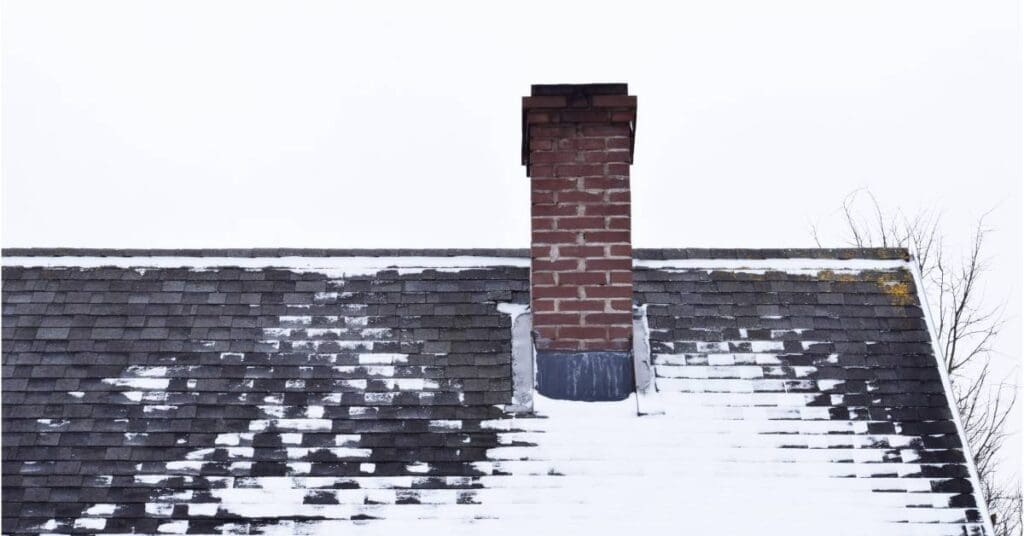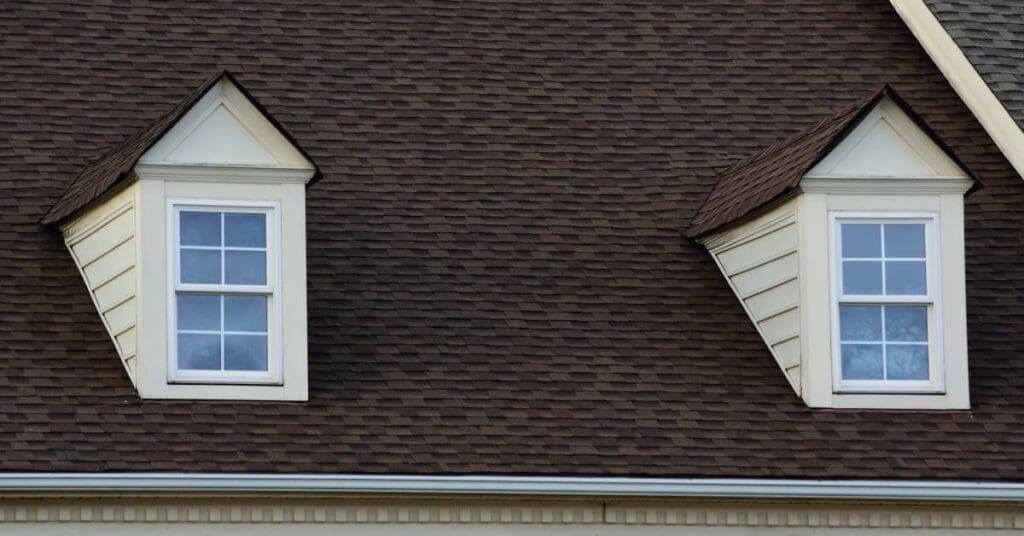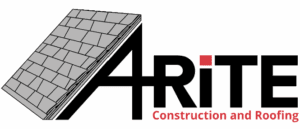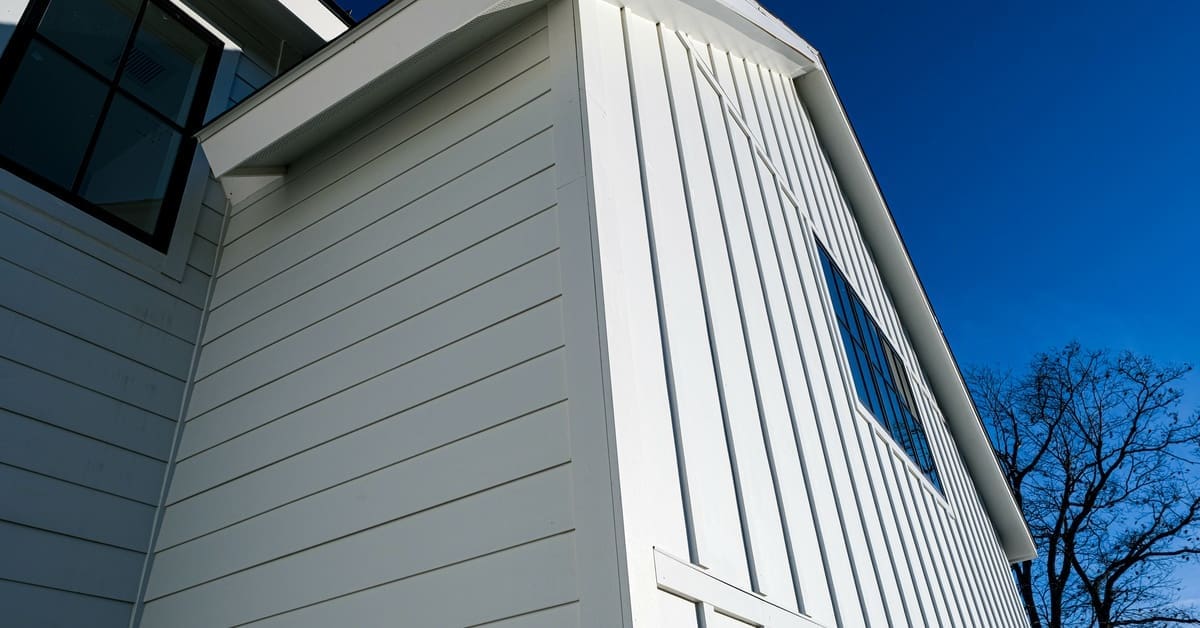When it comes to roofing your home, shingle color is a strategic decision that impacts aesthetics, energy efficiency, and even the value of your home. For homeowners in Wausau, WI, this choice is especially crucial given the state’s diverse climate. Explore which is right for your home between dark and light shingles so that you can make the best possible decision before starting your roofing project.
The Aesthetic Appeal of Dark and Light Shingles
Your home’s shingle color dramatically influences your home’s curb appeal. Dark shingles add a bold, dramatic look, often complementing traditional or classic home styles. They give your roof a sleek and sophisticated appearance, making them popular in neighborhoods with older homes.
Light shingles offer a clean, airy look. Bright colors reflect more light, causing us to perceive objects as larger. They make homes appear larger and more modern, which is a boon for contemporary designs or those with contrasting exteriors.
Your shingle color choice should harmonize with exterior elements such as siding and landscaping. Consider the broader neighborhood aesthetic as well. While personal preference is key, harmonizing with nearby homes can enhance the overall appeal.

Optional Colors for Roof Shingles
There are numerous options for roof shingle colors that showcase the excellent palette of light and dark textures. Popular dark shingles include charcoal or copper tones. These colors offer a mixture of rustic charm and modern appearance to any home while complementing common siding colors. However, they may make your home appear smaller.
Light shingles offer various colors, such as beige, gray, hunter green, or light brown. These colors make your home appear larger and create a unique appearance, but it can be more challenging to find siding that pairs with it.
Consult with A-Rite Construction & Roofing for help finding the right shingles. Our Owens Corning roofing contractors will offer guidance on which shingle color works best from the numerous options the brand offers. Consider the appearance you want to see around your home and sort through the options that complement your home’s overall appearance.
Energy Efficiency Dark vs. Light Shingles
Energy efficiency is a significant factor in shingle selection, particularly given Wisconsin’s varying seasons. Dark shingles absorb more heat, which is advantageous during cold months but less so in summer. This heat retention might boost winter comfort but could lead to higher cooling costs in summer.
Conversely, light shingles reflect sunlight, reducing heat absorption. This lowers cooling costs in warmer months, as your home remains cooler. However, this might not be as beneficial during colder periods, potentially increasing heating demands.
Cost Implications of Shingle Color Choices
Initially, the cost difference between dark and light shingles might not be significant. However, long-term expenses vary due to their impact on energy efficiency and maintenance. Dark shingles may lead to slightly higher cooling costs during hot months, potentially affecting your utility bills over time.
Light shingles, while potentially reducing cooling costs, might require more frequent cleaning to maintain their bright appearance. You may need to budget for additional maintenance expenses to preserve their aesthetic appeal and functionality. When considering costs, balance initial investment with long-term savings and the potential for increased marketability.
Maintenance Requirements for Different Shingle Colors
Maintenance needs for dark and light shingles vary. Dark shingles mask dirt and debris, reducing visible maintenance demands. However, they might show fading more prominently over time, necessitating periodic inspections to ensure longevity.
Light shingles excel at reflecting sunlight but can highlight dirt and stains more readily. Regular cleaning might be necessary to maintain their aesthetic appeal. Algae or moss strains might be more noticeable on light-colored surfaces, impacting visual allure.
Consider your commitment to upkeep. If low maintenance is a priority, dark shingles might align better with your preferences. On the other hand, if you’re willing to invest time in cleaning, light shingles can provide a fresh, vibrant appearance.
Durability and Performance of Dark and Light Shingles
Durability is a key consideration in shingle selection. Both dark and light shingles offer comparable longevity, but environmental factors influence their performance. Dark shingles might have a slight edge in winter climates due to their heat absorption, aiding in snow melting and potentially extending their lifespan.
Light shingles’ reflective properties safeguard against heat-related degradation. They may retain their integrity well in warm months, particularly in regions with intense sunlight.
This durability translates to fewer repairs and replacements over time, enhancing their long-term value. A balance between heat absorption and reflection optimizes the durability and performance of your roof, ensuring it withstands the tests of time and nature.
Resale Value and Curb Appeal
Along with aesthetics, shingle color significantly impacts your home’s curb appeal and resale value. Dark shingles often evoke a classic, timeless look that appeals to many buyers. Their sophistication enhances your home’s visual impact, potentially increasing its desirability in the real estate market.
With their clean and modern appearance, light shingles attract buyers seeking a contemporary aesthetic. Homes with energy-efficient features, such as light shingles, might stand out in listings, appealing to environmentally conscious buyers and boosting perceived value.
Consider your long-term plans. If you anticipate selling your home, choose a shingle color that aligns with your local market’s preferences. A well-chosen shingle color enhances your home’s attractiveness and ultimately contributes to a successful resale.

Climate Considerations for Shingle Selection
Wisconsin’s climate poses unique challenges for homeowners selecting shingle colors. Dark shingles can help melt snow during sunny winter days. They absorb sunlight, reducing the risk of ice dams by facilitating snow melting. This natural defense is a significant advantage for preventing winter roof damage.
Light shingles, however, excel during summer by reflecting solar radiation and keeping homes cooler. This aspect reduces the need for air conditioning, making them ideal for Wisconsin’s humid summers. They also minimize temperature fluctuations within the home, enhancing indoor comfort.
Consider the microclimate of your home. Trees, shade, and wind exposure modify how shingles interact with the environment. Urban heat islands might favor light shingles, while rural areas could benefit from the snow-melting properties of dark shingles. Tailor your choice to your specific location to maximize performance.
Environmental Impact of Shingle Color Choices
Environmental considerations play a pivotal role in shingle selection. Light shingles’ reflective properties contribute to reducing urban heat islands, minimizing the heat absorbed by buildings, and reducing energy consumption.
While absorbing heat, dark shingles aid in snow melting, reducing the need for chemical de-icing agents. The natural melting process mitigates potential environmental harm associated with de-icing chemicals, contributing to a greener approach to winter maintenance.
Evaluate your environmental priorities. Choose a shingle color that aligns with your sustainability goals. Consider factors such as improving energy efficiency, reducing pollution, and minimizing the need for chemical interventions in your decision-making process.
Impact of Shingle Color on Home Insurance
Shingle color may influence home insurance premiums. Some insurers might offer discounts for energy-efficient homes, particularly those with light shingles that reduce cooling costs. This results in long-term savings on insurance expenses.
Conversely, dark shingles might lead to slightly higher premiums due to their heat-absorbing properties, which could increase cooling costs. Understanding potential insurance implications guides your decision-making process, helping you choose a shingle color that aligns with your budgetary goals. Consult your insurance provider to explore potential discounts or premium adjustments based on your chosen shingle color.
Deciding between light and dark shingles is a multifaceted decision that impacts aesthetics, energy efficiency, and beyond. Consider these factors to make an informed choice that elevates your home’s appeal and comfort. Whether you lean toward the timeless elegance of dark shingles or the modern charm of light shingles, your decision should reflect your unique preferences and circumstances.




